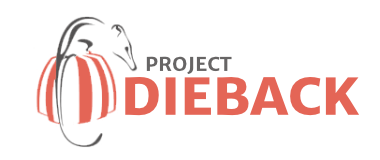‘Action and opportunities for protecting biodiversity assets’
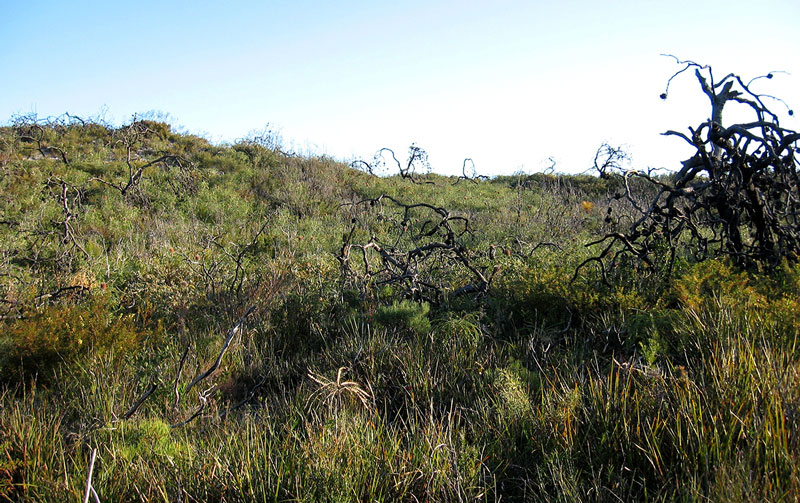
Overview
The relentless invasion of south west forests, woodlands and heaths by Phytophthora cinnamomi has reached the stage where an urgent and coordinated response on a landscape scale is required. Time is running out to protect the vulnerable plant species and high-value ecosystems of south Western Australia. Opportunities to protect these biodiversity assets will be lost unless immediate and targeted investments are made.
Project Dieback ‘Action and Opportunities for Protecting Biodiversity Assets’ is a State NRM Office funded project which focuses on reducing the risk of the human vectoring of Phytophthora cinnamomi within priority areas of Western Australia. The project runs from July 2018 to December 2021 and builds on previous research and on-ground works undertaken.
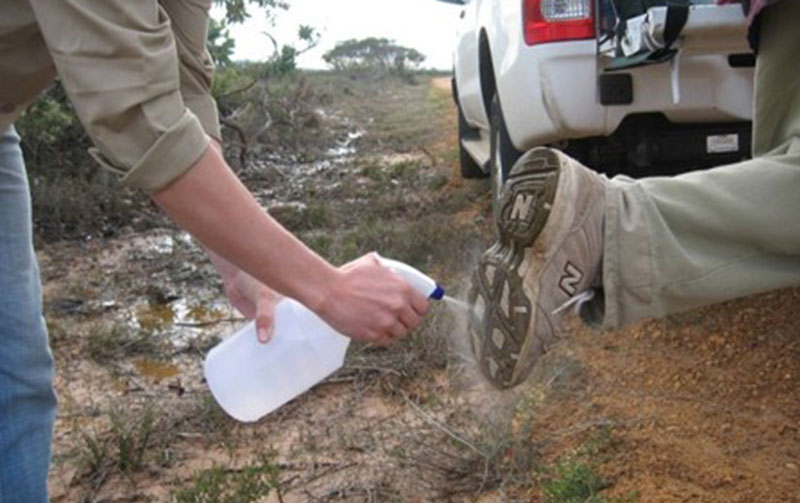
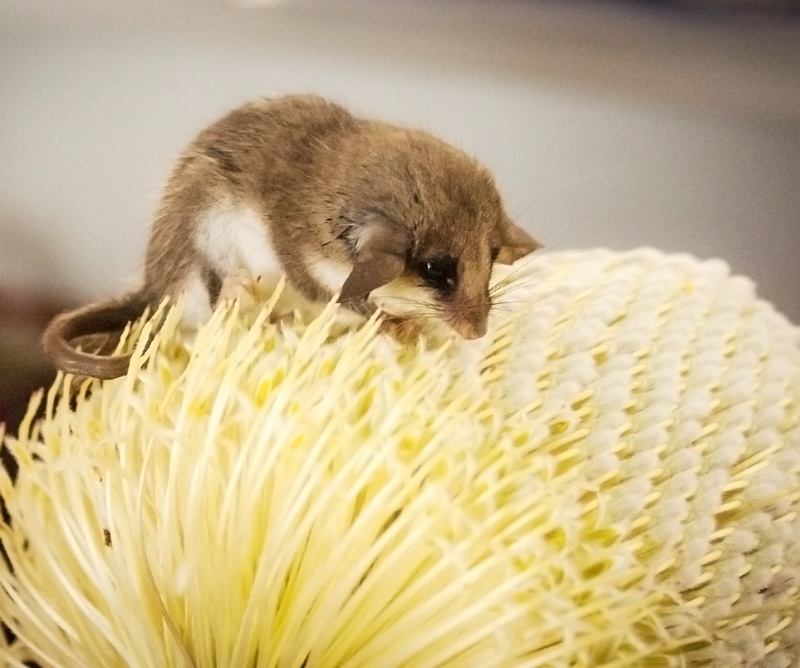
Phytophthora Dieback Management and Investment Framework
The project sets a State Phytophthora Dieback Management and Investment Framework (Framework) which identifies Priority Protection Areas (PPAs) representative of significant biodiverse ecosystems and communities vulnerable to Phytophthora Dieback within the south-west of WA for state level Phytophthora Dieback management and investment. The Framework details a logical process and tools to develop area specific management actions to prevent the further spread of Phytophthora Dieback at a landscape scale.
The Framework utilises a collaborative approach with the objective of ensuring a unified system of Dieback control resulting in landscape-scale management of the pathogen across all land tenures. The Framework goal isto protect and conserve the most significant examples of biodiverse ecosystems and communities of Australia’s south west vulnerable to, or threatened by, Phytophthora Dieback, over the next 50 years.
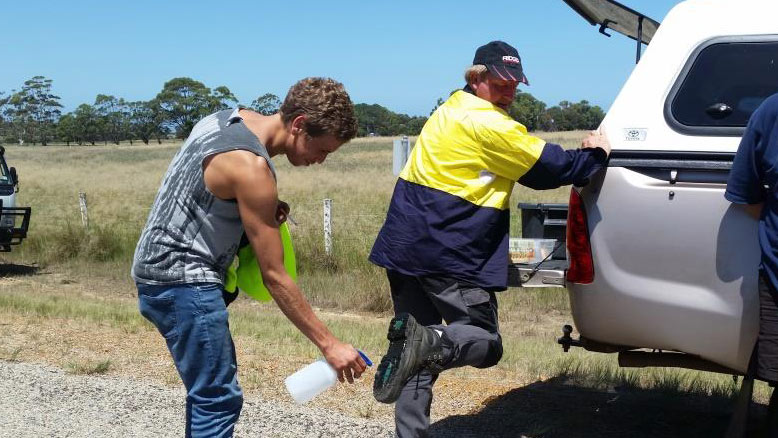

Project Area
The project area covers the south-west of Australia with rainfall zones receiving 300-400 mm rainfall annually with high (50-80 mm) summer rainfall. This includes the NRM regions of South Coast, South West Conservation Council, Northern Agricultural Region, Avon and Perth.
Dieback Information Delivery and Management System (DIDMS)
Throughout the duration of the project, a greater understanding of the disease status of PPAs will be developed through field interpretation and mapping activities. All data will be complied into a central information database known as the Dieback Information Delivery and Management System (DIDMS) and is available online at didms.gaiaresources.com.au
Sign up for a DIDMS account using our online form
On-Ground Works
On-ground works will be accomplished by December 2021 using dieback management plan actions for regionally important areas, with the Framework guiding the selection of six Priority Protection Areas (PPAs) for the project. The installation and upgrade of hygiene and access infrastructure into and surrounding PPAs will provide the cornerstone for improved management of these areas by reducing the risk of human vectoring.
Engaging stakeholders is a key action to the implementation and extension of the project. Raising the awareness of PPAs, the possible impact of Dieback on these areas and the responsibilities of management actions will take place throughout the project’s life.
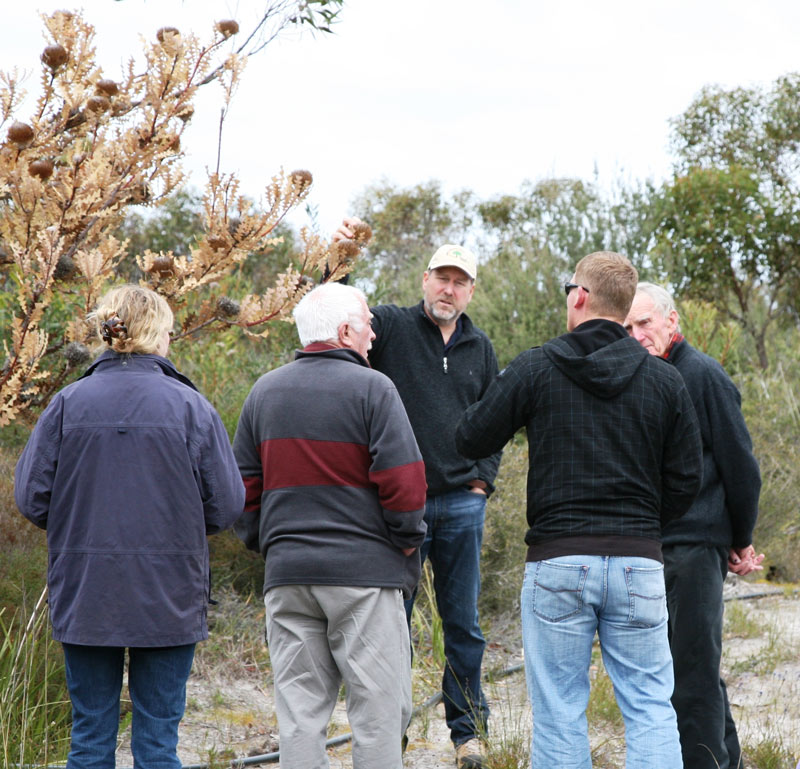
This project is supported by funding from the Western Australian Government's State NRM Program

